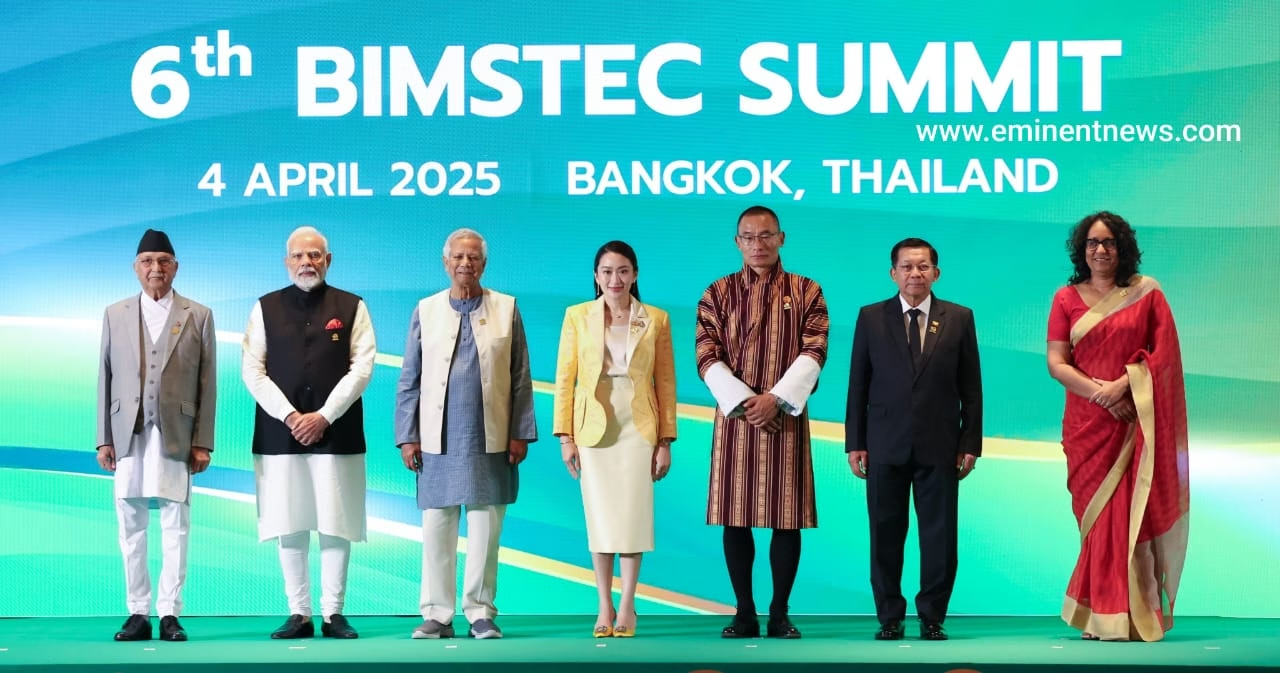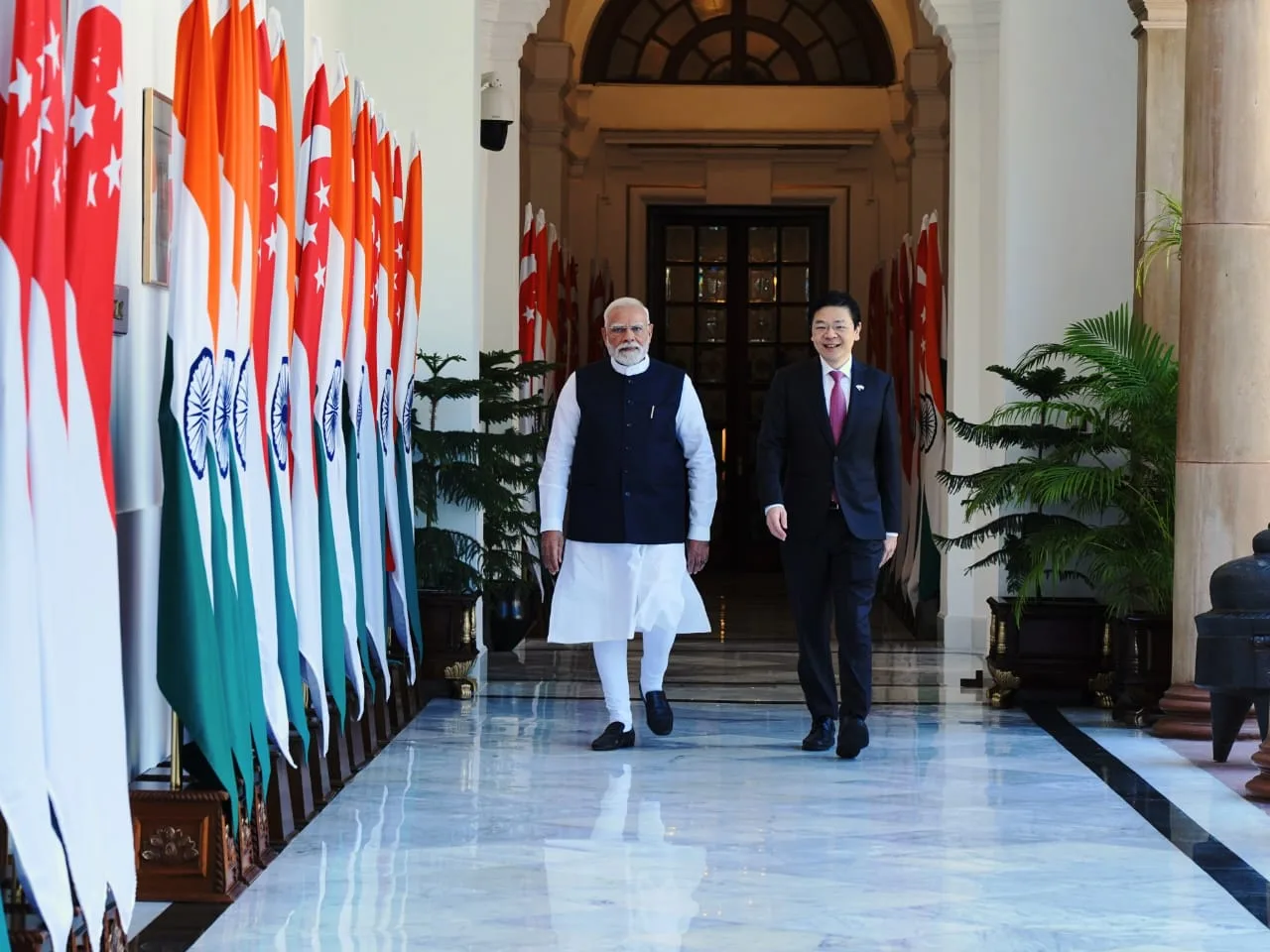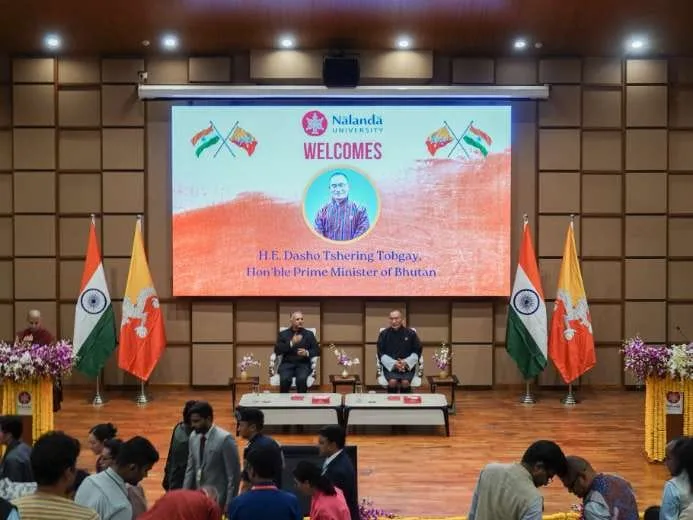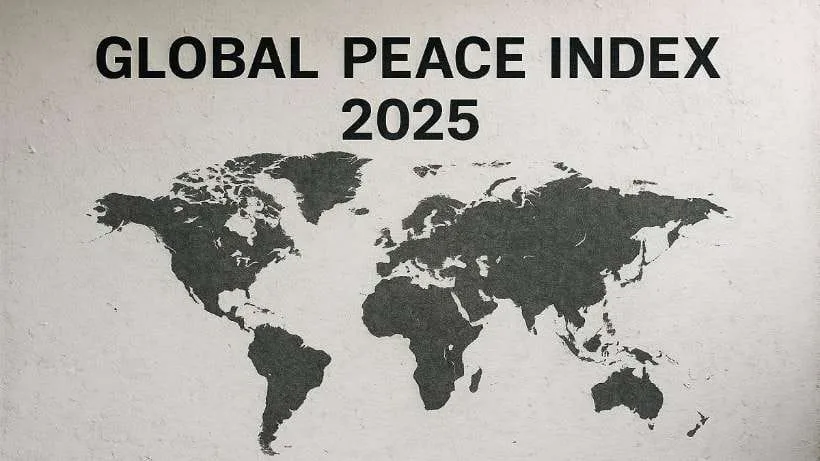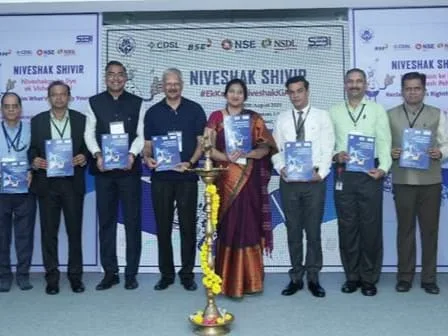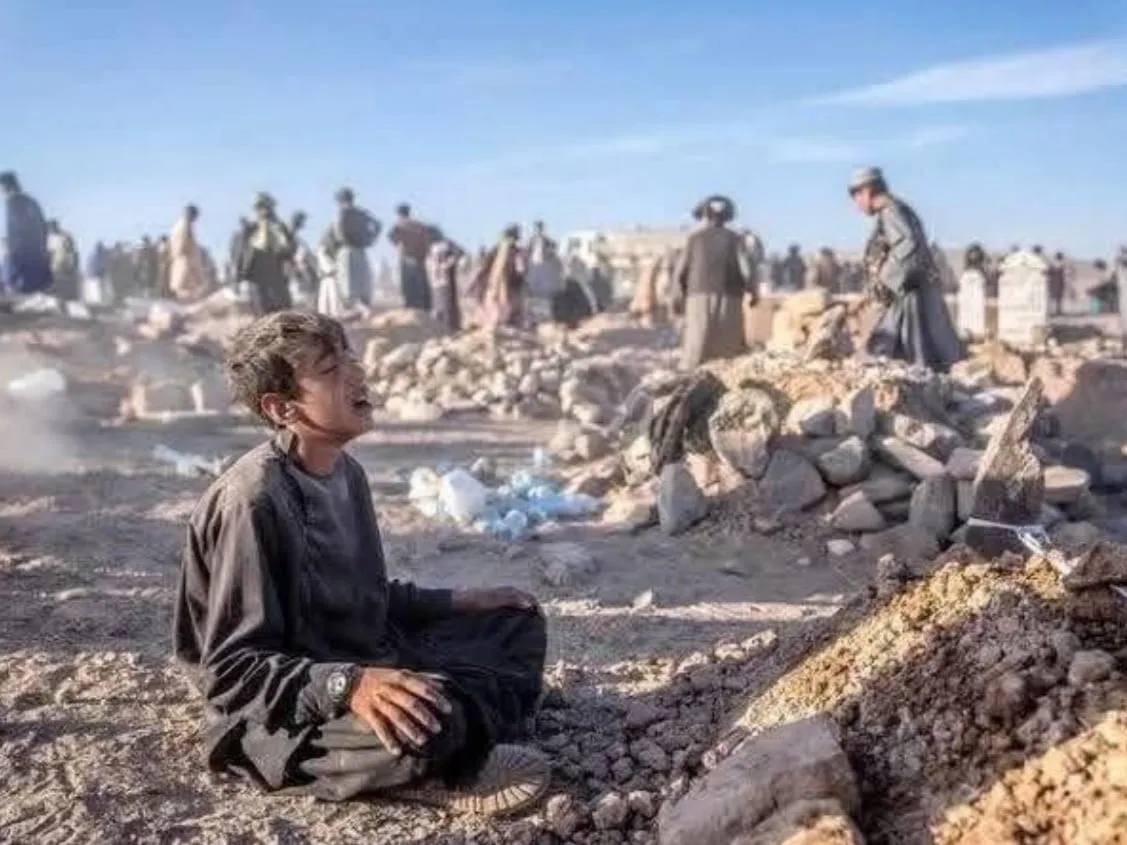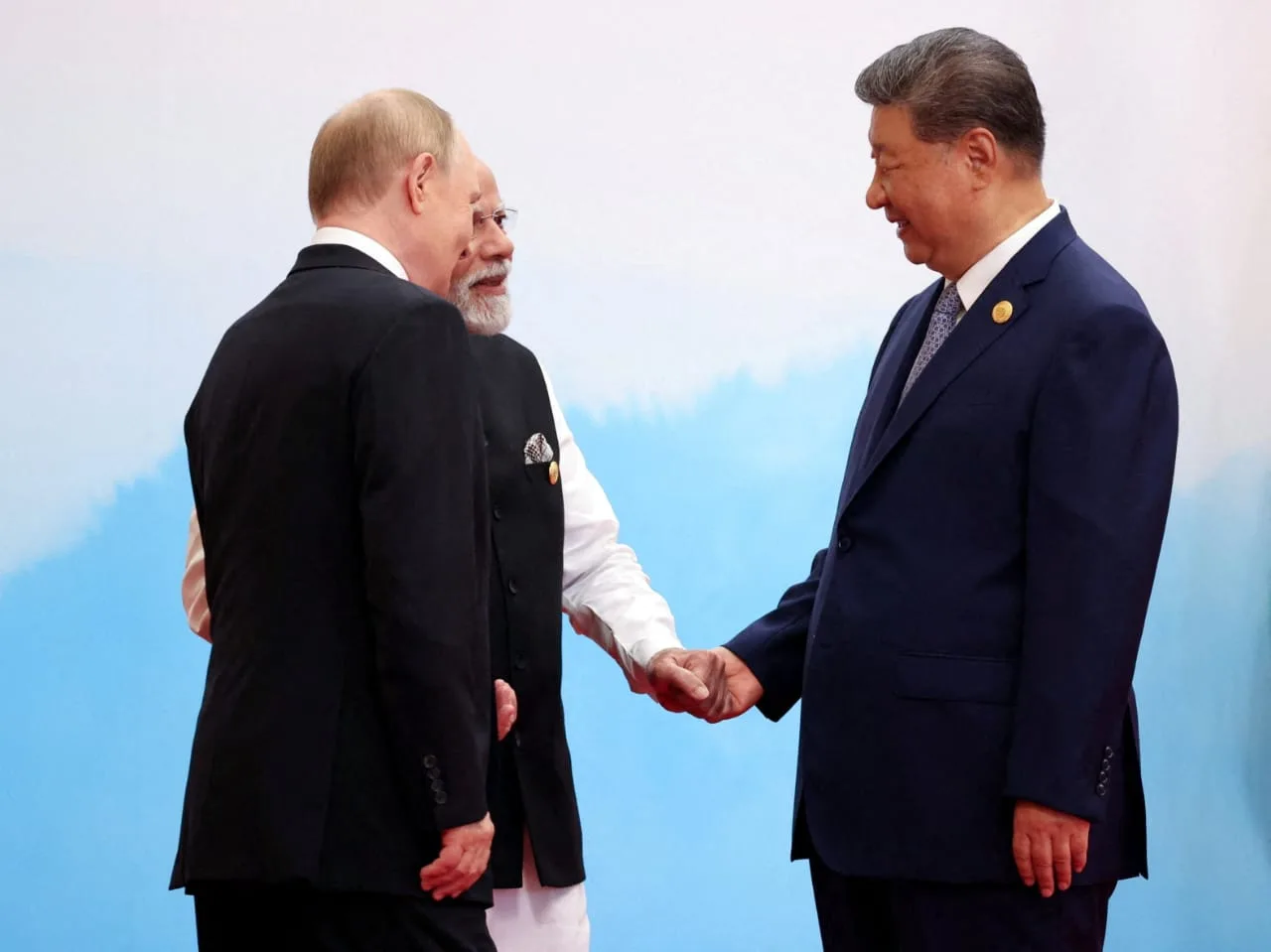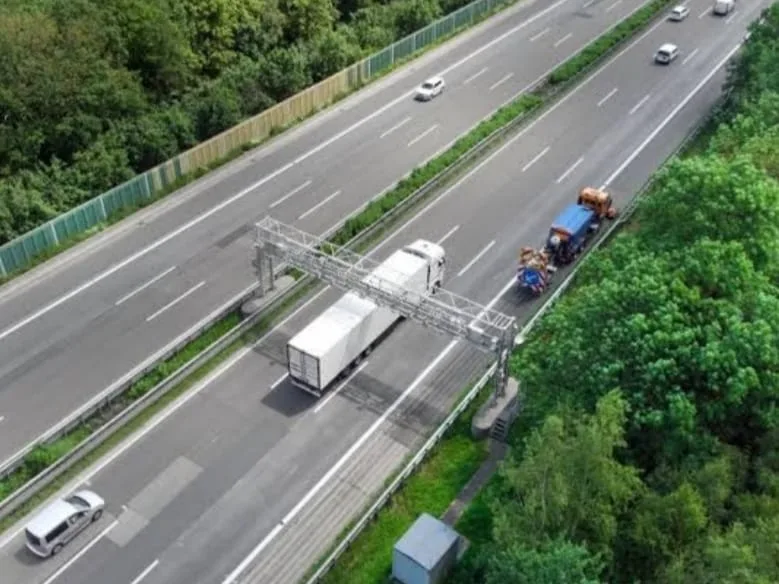The sixth BIMSTEC Summit took place in Bangkok, Thailand on Friday, April 4, 2025 .
Key points and outcomes from the BIMSTEC Summit:

- Summit Details: The summit officially commenced with an address from Thailand’s Prime Minister, Paetongtarn Shinawatra, the current BIMSTEC chair, followed by the adoption of the summit agenda and addresses from other heads of state and government .
- Agreements and Memorandums: On the eve of the summit, foreign ministers signed the BIMSTEC Agreement on Maritime Transport Cooperation . Additionally, two memorandums of understanding between BIMSTEC and the Indian Ocean Rim Association were signed .
- Key Discussions and Finalizations: The 25th Session of Senior Officials’ Meeting (SOM) finalized the draft declaration for the summit, which outlines the vision, decisions, and directives of the leaders . The meeting also addressed the report from the Eminent Persons Group on the Future Direction of BIMSTEC, which included recommendations for reforms .
- Cooperation and Collaboration: Leaders reaffirmed their commitment to boosting cooperation across various sectors, aiming to positively impact people’s lives .
- India’s Role: PM Modi emphasized India’s commitment to strengthening regional cooperation through BIMSTEC .
- BIMSTEC’s Focus Areas: BIMSTEC focuses on regional cooperation across 7 broad sectors: Agriculture and Food Security; Connectivity; Environment and Climate Change; People-to-People Contact; Science, Technology and Innovation; Security; and Trade, Investment and Development .
- PM Modi’s Engagements: On the sidelines of the summit, PM Modi met with the Prime Minister of Thailand, Paetongtarn Shinawatra, discussing enhanced cooperation in connectivity, health, science and technology, start-ups, innovation, digital education, culture, and tourism . He also met with Myanmar’s Senior General Min Aung Hlaing, expressing condolences for the earthquake and discussing bilateral relations .
- Bangkok Vision 2030: The summit was expected to see the adoption of the “Bangkok Vision 2030” .
BIMSTEC comprises Bangladesh, Bhutan, India, Myanmar, Nepal, Sri Lanka, and Thailand, fostering regional cooperation in various sectors .
How does BIMSTEC impact regional cooperation :
BIMSTEC significantly impacts regional cooperation by bridging South and Southeast Asia through economic and technical collaboration .
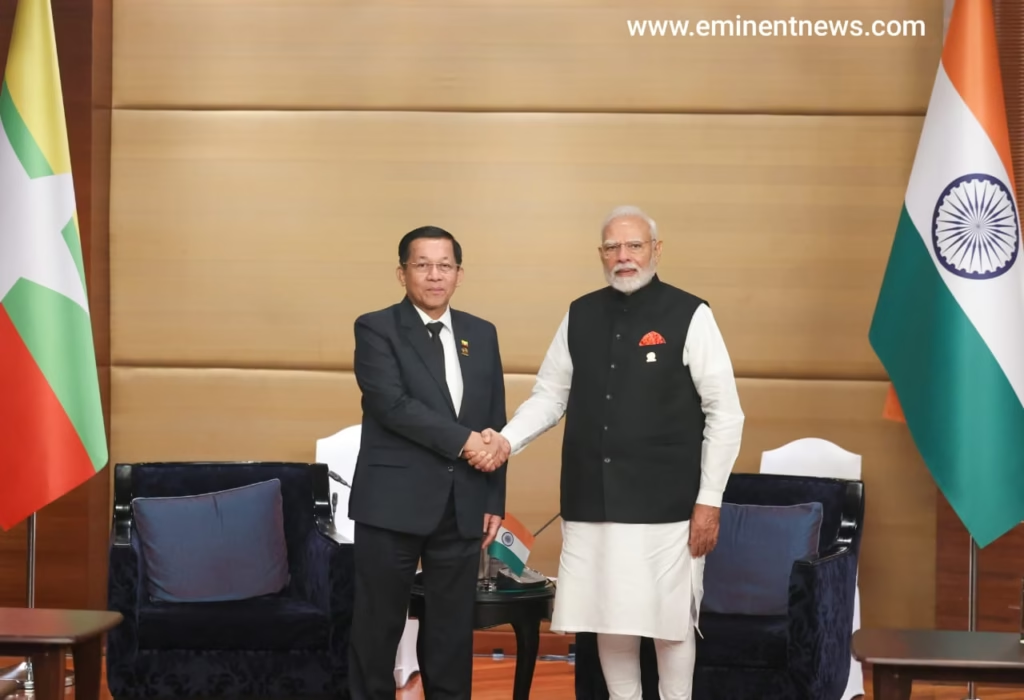
Key impacts of BIMSTEC on regional cooperation:
- Inter-regional Bridge: BIMSTEC connects South Asia and Southeast Asia, fostering cooperation and integration between these regions .
- Economic Growth: BIMSTEC promotes trade and investment among member states, contributing to economic growth and development in the region . The combined GDP of the BIMSTEC region is approximately US$5 trillion .
- Sectoral Cooperation: BIMSTEC facilitates cooperation in various sectors, including trade, technology, energy, transportation, tourism, agriculture, counter-terrorism, and climate change . Each member country leads specific sectors, promoting focused collaboration .
- Strategic Importance: It allows India to counter China’s influence in countries around the Bay of Bengal .
- Connectivity: BIMSTEC enhances connectivity through транспорт infrastructure projects, facilitating the movement of goods, services, and people .
- People-to-People Contact: It promotes cultural exchange and people-to-people interactions, fostering mutual understanding and goodwill .
- Addressing Shared Challenges: BIMSTEC provides a platform for member states to address common challenges such as terrorism, natural disasters, and climate change through совместных efforts and initiatives .
- Reduces Mistrust: Comparatively, BIMSTEC member countries maintain reasonably friendly relations .
- Trade and Economic Integration: As a trade bloc, BIMSTEC presents numerous opportunities . Trade among BIMSTEC members increased to 6% within a decade .
- India’s Role: India utilizes BIMSTEC to enhance its connectivity with ASEAN countries, which is a key part of its ‘Act East’ policy .
How does BIMSTEC differ from other regional organizations?
BIMSTEC distinguishes itself from other regional organizations through its unique composition, focus areas, and operational dynamics .
Key differences between BIMSTEC and other regional organizations:
- Geographical Coverage: Unlike SAARC, which focuses exclusively on South Asia, BIMSTEC bridges South and Southeast Asia, connecting countries around the Bay of Bengal .
- Membership: BIMSTEC includes members from both SAARC (Bangladesh, Bhutan, India, Nepal, and Sri Lanka) and ASEAN (Myanmar and Thailand), fostering inter-regional cooperation .
- Focus Areas: While SAARC has a broader agenda including social and cultural issues, BIMSTEC emphasizes trade, economic cooperation, and connectivity . BIMSTEC also deliberately avoids divisive political issues, focusing instead on technical and economic collaboration .
- Relationship Among Members: BIMSTEC members generally maintain friendlier relations compared to SAARC, which has been plagued by mistrust and regional politics .
- Power Dynamics: BIMSTEC benefits from a more balanced power dynamic with the presence of both India and Thailand, reducing the fear of dominance by a single nation .
- Trade Potential: BIMSTEC demonstrates greater trade potential compared to SAARC, with intra-regional trade having increased to around 6% in a decade .
- Charter and Structure: The BIMSTEC Charter is considered more progressive than the SAARC Charter, particularly regarding the admission of new members .
- Summits and Meetings: BIMSTEC has faced challenges with inconsistent meeting schedules, whereas other organizations may have more regular summits and ministerial meetings .
- Economic vs. Political Focus: BIMSTEC distinguishes itself by focusing on economic and technical cooperation rather than political issues, which can often be divisive .
Challenges does BIMSTEC face compared to other regional groups?
BIMSTEC, while holding significant potential, encounters several challenges that hinder its effectiveness compared to other regional organizations.
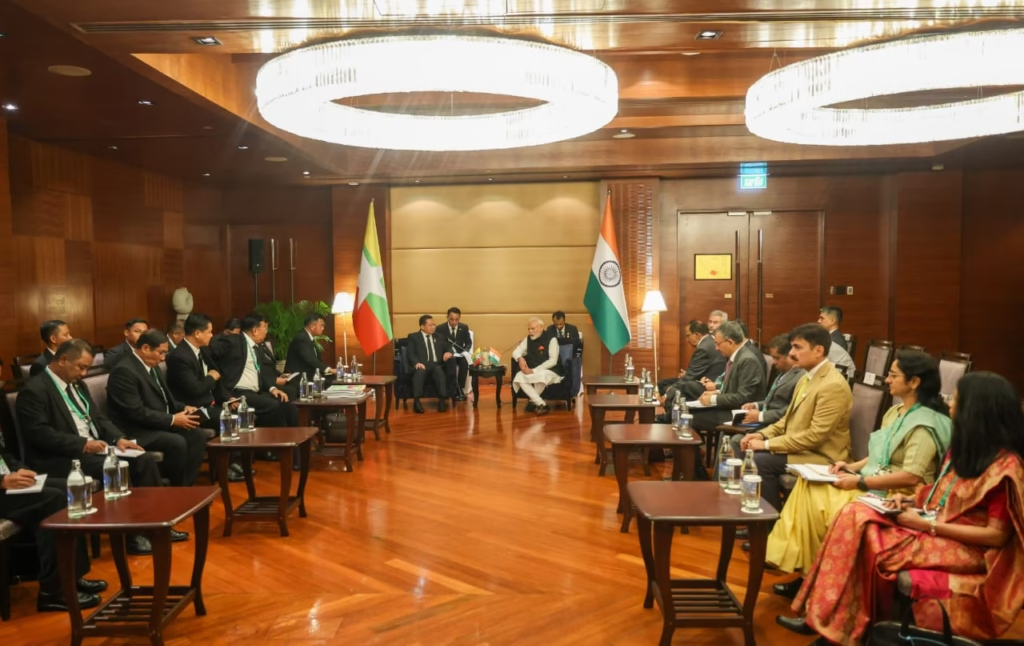
Key Challenges Faced by BIMSTEC:
- Slow Progress: BIMSTEC has experienced delays in finalizing key agreements like the Free Trade Agreement (FTA) and connectivity projects . This slow pace affects its ability to deliver tangible economic benefits .
- Institutional Weaknesses: Compared to more structured organizations like ASEAN, BIMSTEC suffers from institutional weaknesses, including limited resources and an understaffed secretariat . The lack of a strong institutional framework hampers effective decision-making and implementation .
- Lack of Cohesion: BIMSTEC’s diverse membership, comprising countries from both South and Southeast Asia, presents challenges in achieving consensus and aligning priorities . Differing national interests and varying levels of commitment can impede cohesive action .
- Overlapping Membership: Some BIMSTEC members are also part of other regional organizations like SAARC and ASEAN, leading to overlapping commitments and potential conflicts of interest . This can dilute focus and resources allocated to BIMSTEC .
- Connectivity Issues: Inadequate infrastructure, complex customs procedures, and poor border management complicate regional connectivity .
- Security Concerns: Non-traditional security challenges such as climate change, natural disasters, and transnational crime pose significant threats to the region . Addressing these issues requires coordinated efforts and resources .
- Geopolitical Factors: The growing influence of external powers, such as China, in the region can create complexities and impact BIMSTEC’s autonomy and strategic direction .
- Political Instability: Political instability and conflicts within member states, such as the situation in Myanmar, can disrupt regional cooperation efforts .
- Resource Constraints: Limited financial resources and technical expertise hinder BIMSTEC’s ability to implement large-scale projects and initiatives effectively .
- Bilateral Issues: Strained bilateral relations between some member states can spill over and affect cooperation within BIMSTEC .
- Apathy Towards Summits: BIMSTEC leaders have been criticized for failing to hold annual summits regularly, unlike other regional organizations like the SCO, ASEAN, and G20 .

